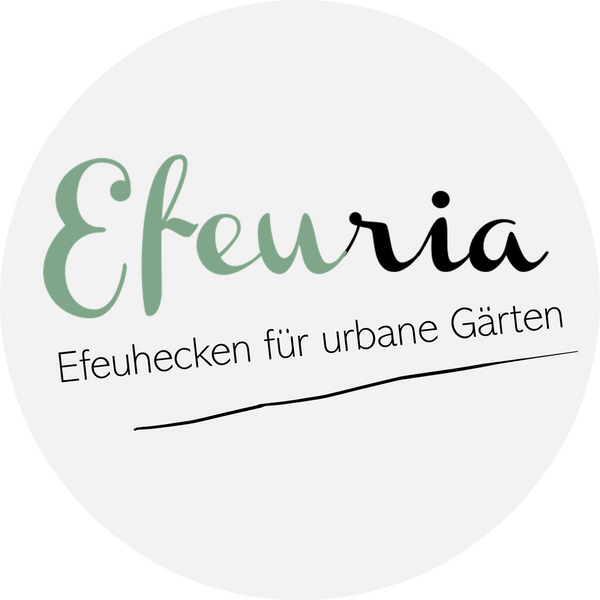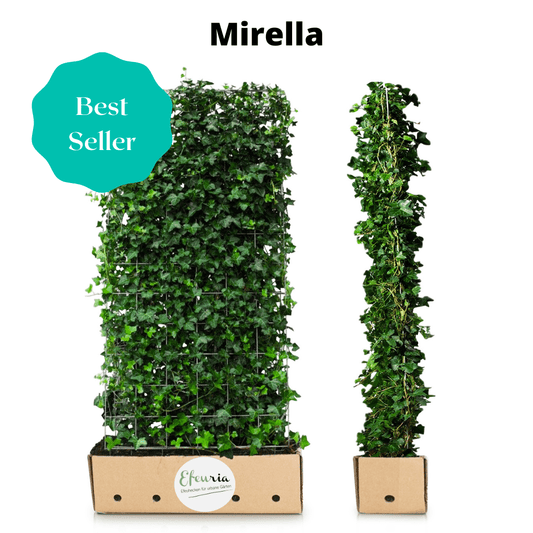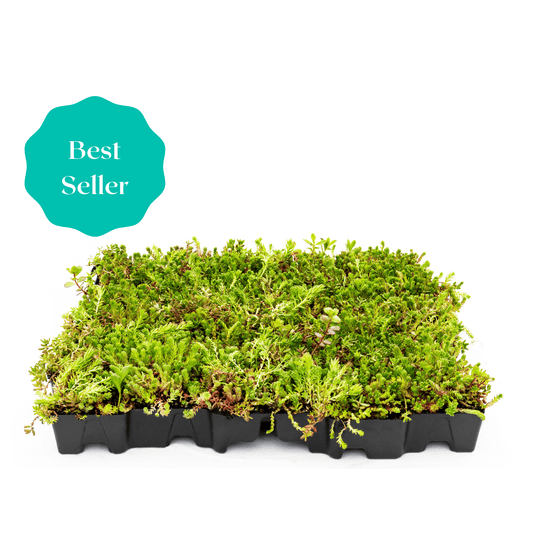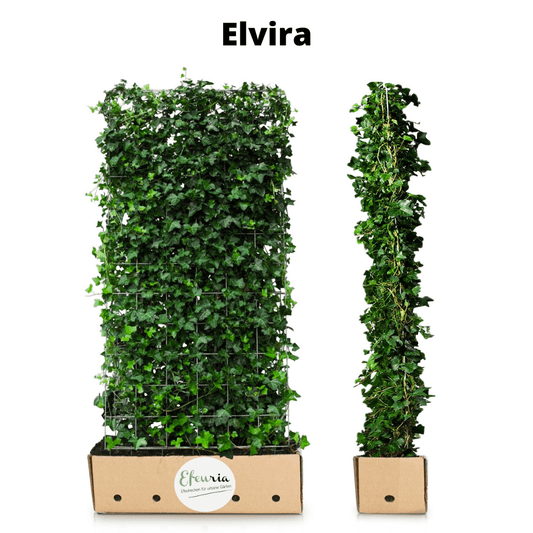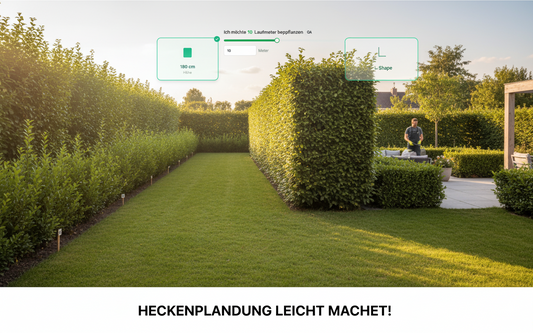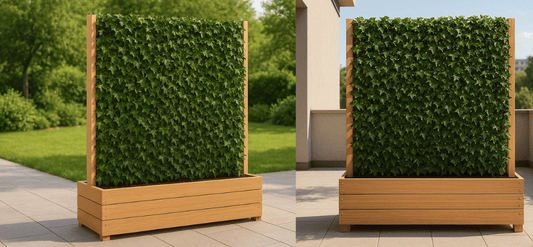
Euonymus, also known as spindle tree or spindle bush, how to plant and care for it correctly

The Eunoymus unfolds its floral splendor
Euonymus, also known as spindle tree or spindle bush, is a genus of plants that is prized in many gardens for its decorative leaves and striking fruits. Euonymus is native to various parts of the world and consists of species and varieties that vary in size, shape and color.
Varieties range from the ground-covering Euonymus Fortunei to the fast-growing Euonymus Europaeus. Most Euonymus species are characterized by very bright colors and brightly colored berries.
Site selection and soil preparation
The right choice of location and soil preparation are important for the healthy growth of the bush. Euonymus prefers a location that gets enough sunlight. Euonymus can also tolerate partial shade. Euonymus thrives best in well-drained, nutrient-rich soil. Waterlogging should be avoided at all costs. Before planting, it is advisable to loosen the soil thoroughly and, if necessary, work in organic materials such as compost or bark mulch to improve the soil structure and fertility.
Before you start planting, it is best to check the pH value of the soil. Euonymus prefers a slightly acidic to neutral soil. If the soil is too alkaline, this can be balanced out by adding special soil improvers.

Euonymus is characterized by colorful fruits
Step-by-step planting instructions
Planting a Euonymus is a straightforward process. Here are the steps for optimal planting:
- The best time to plant Euonymus is in spring or fall when the soil is warm and moist. This gives the plant enough time to establish itself before winter or summer.
- Dig a hole that is twice as wide and as deep as the root ball. This gives the roots enough room to spread and promotes healthy growth.
- If your soil is not ideal, fertilize the soil.
- Loosen the roots of the plants a little. Place the plant in the planting hole so that the top edge of the root ball is level with the soil surface.
- Fill the hole with soil and press the soil down gently. Water the plant thoroughly.
- Cover the soil around the plant with a layer of mulch. This will help retain moisture, reduce weeds and protect the soil.
- During the first few weeks after planting, the Euonymus should be watered regularly to prevent drying out, but avoid overwatering as this can lead to root rot.
Water and fertilizer
Euonymus plants prefer moderate watering. Initially, immediately after planting, it is important to water regularly to encourage establishment. Once the plant is established, it is very drought tolerant. During prolonged dry periods, you should provide additional watering. Be sure to allow the soil to dry out slightly between waterings to avoid waterlogging and the root problems that this can cause.
In spring, when the new growth period begins, you should fertilize the hedge with a dry fertilizer.
Cut and care
The best time to prune Euonymus is late spring or early summer, after the main flowering period is over. Remove dead or damaged branches. Light pruning also encourages branching, resulting in denser growth.
Euonymus plants are very adaptable when it comes to shape. You can let them grow in a natural shape or alternatively prune them into a slender form.
Disease and pest control
Here are common problems and tips for treating the plants.
The most common pests include scale insects and spider mites. Scale insects can be identified by small, waxy bumps on the stems and leaves. Spider mites are fine webs that cause yellowing leaves. Check the plants regularly. Spraying the leaves with an insecticidal soap or neem oil can help remove the pests.
Fungal diseases such as powdery mildew and root rot can also occur. Powdery mildew appears as a white, powdery coating on the leaves, while root rot is caused by excess moisture and poor drainage. Fungicides can be used to control powdery mildew. Improved drainage can help prevent root rot.
Sometimes leaves can turn yellow and fall off, which is often due to water stress. Either you are watering too much or too little. Check your watering habits and adjust accordingly.
Seasonal care tips
Euonymus plant care varies depending on the season. Here are seasonal tips to ensure your Euonymus stays healthy all year round:
Spring : This is the time for active growth. Begin fertilizing as soon as new growth appears. Use a balanced, slow-release fertilizer. It is also the ideal time to remove diseased or damaged branches and shape the plant. Check for pest infestations.
Summer : During the hot months, the Euonymus needs regular watering, especially during long dry periods. However, avoid waterlogging. Continue to check for pests and diseases.
Fall : Prepare your Euonymus for winter by fertilizing for the last time before winter. Reduce watering once the weather gets cooler. Remove fallen leaves to prevent fungal diseases.
Winter : In very cold climates, you can add a layer of mulch around the base of the plant to protect the roots from frost. Most Euonymus species are hardy, but will require additional protection in extreme climates.
Answers to frequently asked questions about Euonymus
Is Euonymus hardy?
Most Euonymus species are hardy and can survive cool temperatures well.
How often does Euonymus need to be watered?
After planting, Euonymus should be watered regularly. After that, it is relatively drought tolerant, but needs additional water during dry periods.
Can Euonymus be planted in pots?
Yes, many Euonymus species are well suited to pot culture. Choose a sufficiently large pot and make sure there is drainage.
Which pests most commonly attack Euonymus?
Euonymus scale insects and spider mites are common pests. Regular checks help to detect damage.
Does Euonymus need to be pruned?
Euonymus does not need to be pruned regularly. However, occasional pruning promotes healthy growth and helps keep the plant in shape.
How do you propagate Euonymus?
Euonymus can be propagated by cuttings, sowing or sometimes by division. The easiest method is often to propagate by cuttings in summer.
Is Euonymus poisonous?
Yes, Euonymus is poisonous. All parts of the plant, such as leaves, bark, seeds and fruits, contain toxic substances, including glycosides and alkaloids. Consumption of these parts can cause symptoms such as nausea, vomiting, diarrhea, cramps and dizziness if consumed.
That is why Euonymus is an asset to every garden
The Euonymus can be planted as a hedge plant, ground cover or as a striking individual element. With its almost evergreen foliage, the Euonymus is a good choice for all seasons. The bright fruits and colorful leaves in autumn give the garden a special touch.
If you don't want to wait long and want to enjoy a beautiful Euonymus hedge straight away, you can find ready-grown Euonymus hedge elements in our shop. We deliver the hedge elements directly to your home. 
Buy Euonymus as a finished hedge, 180x120 cm
>> Read also: The revival of the ivy garden hedge: Why you should think about it
